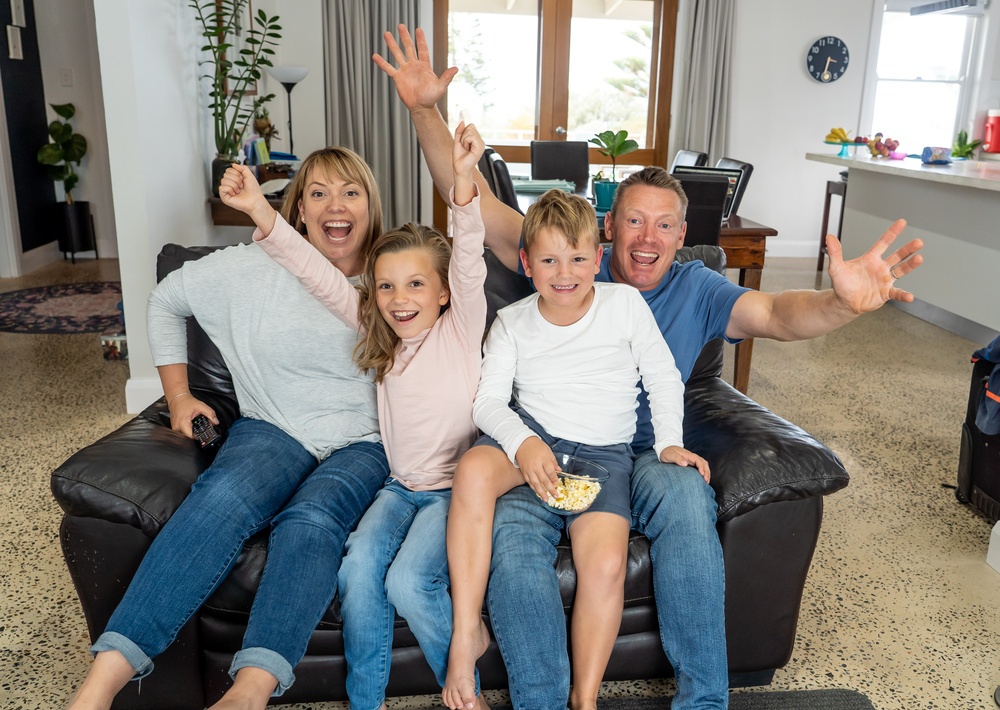To say that COVID has brought about massive changes in the modern age is an understatement. People can never fully return to their ways before the pandemic, as they learned the hard way during the months-long lockdown. Even as cities ease up as the pandemic’s end is in sight, they won’t risk committing the same mistakes again.
Real estate wasn’t spared from these changes, starting with the most obvious: prices. According to a March report, property prices in Australia spiked to nearly 25% in January 2022 from a decline of 2.1% in 2020. Meanwhile, national median housing unit values increased by almost 30%, with Sydney and Brisbane reporting values doubling since the pandemic.
Property values aren’t the only ones that changed. If anything, they drove changes in how people buy homes, whether for the first or umpteenth time.
An Urban Exodus
Last February, the Regional Australia Institute reported that the net rate of people moving to the regional areas from capitals was 15% above the average in 2020 and 2021. The movements were most prevalent in Sydney and Melbourne, where pandemic restrictions hit residents the hardest.
The reasons are relatively easy to see, from the low cost of living to remote work arrangements. When people realized they could still work from home post-corona, they took the opportunity to move to a place with more nature than concrete and steel. While the exodus has somewhat eased in the following months, the figures remain higher today than before COVID.
That being the case, this trend has put some strain on the regions’ housing inventories. Supply and demand are inversely proportional; in this case, unit prices in these places will be high as long as supply remains low and demand remains high. The dwindling inventory, to some extent, may have been a factor in easing movements from the big cities to the countryside.
However, it also shows how careful property buyers can be, especially after the pandemic left them financially constrained. The stresses of home buying—comparing prices and preparing paperwork—have some buyers working with agencies such as SP Property Buyers and others. Getting professionals to help out reduces the burden.

Virtual Open Houses
If there was a silver lining in the worst global health crisis since influenza in 1918, it has to be technological. The pandemic has forced industries to adopt technology more considerably than any other timeframe. Real estate is no exception.
Australians have since learned to live with COVID by doing anything they can within the safety of their homes. In the case of property shopping, buyers are ever more demanding of a virtual tour accessible through the listing. That way, they can view the interior without being onsite, helping limit the virus’s spread.
Virtual reality is also a boon for buyers looking for homes in the next state or the other end of Australia. Imagine eyeing a potential home on the Gold Coast from NSW or Victoria, both of which are experiencing a mass exodus. There won’t be a need to schedule time off work to make the long journey, let alone for just a few moments of property viewing.
Real estate agencies have seen the effects firsthand. In one account, sales of 'sight unseen' (not inspected onsite beforehand) properties account for four to five for every 20 successful property sales monthly. Before the pandemic, it was only one for every 20.
First-Home Buyers In A Bind
Last year, the real estate market enjoyed a boom thanks largely to first-home buyers (FHBs). According to data from the Australian Bureau of Statistics, new loan commitments reached their zenith in December 2020 with over 17,000 contracts. However, despite several spikes throughout the period, the figure tanked to a little over 8,000 by July 2022.
The reasons extend beyond rising house prices in regional areas. Interest rates have followed a similar trend as those of national property prices: slowly declining from 2019 to 2021, only to skyrocket early this year. As of July 2022, the interest rate bracket ranges between 3.51% and 5.19% per annum, per Reserve Bank of Australia data.
FHBs have since become more dependent on state government subsidies. Depending on the state where the property is located, FHBs can get between AUD$10,000 and AUD$30,000 in grants, with some offering stamp duty exemptions.
As of this publication, experts have cited a slowing in the interest rate cycle—a “lull,” to say the least. They believe the next six months will be the best time for FHBs to buy their dream homes, as the increase can resume soon.